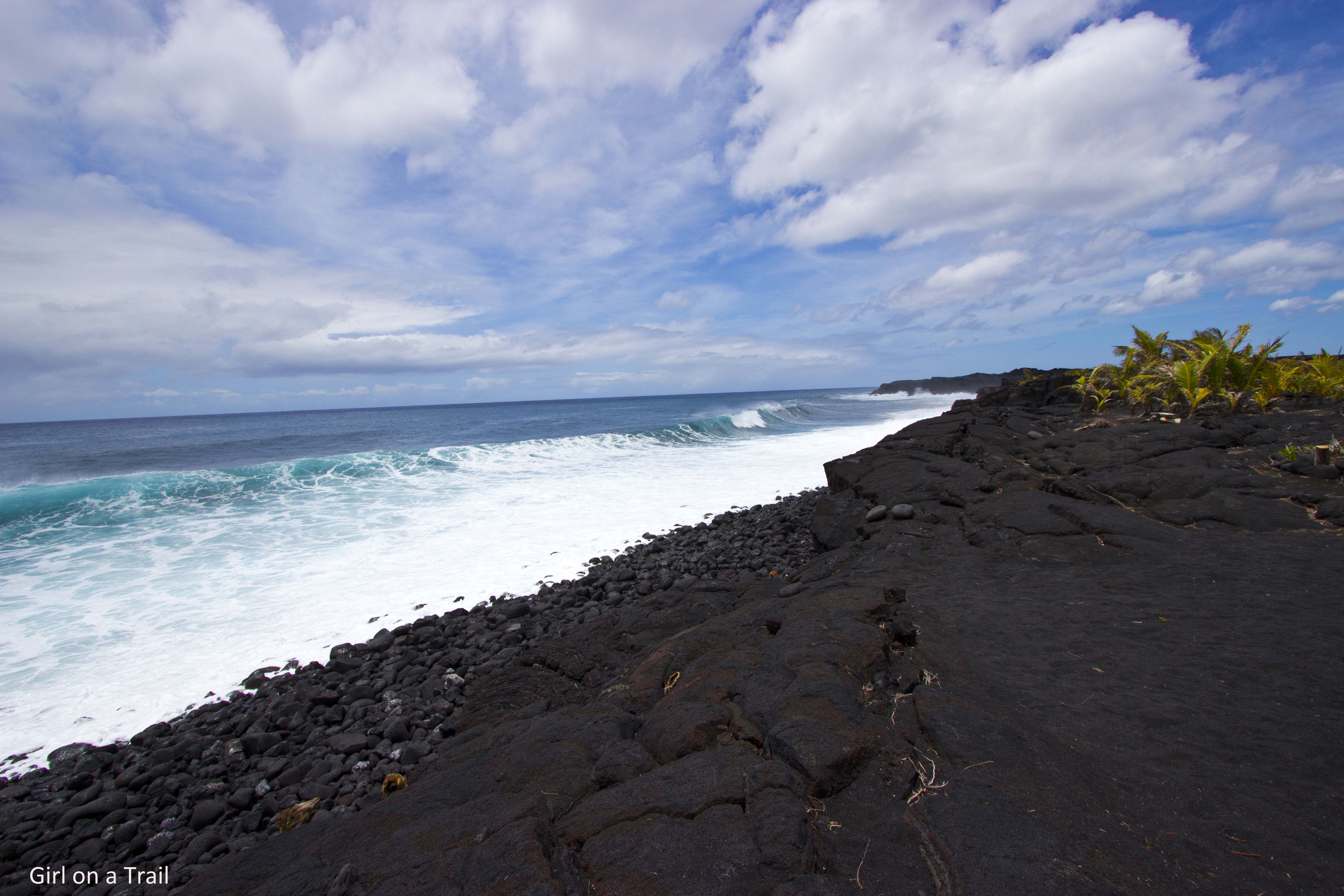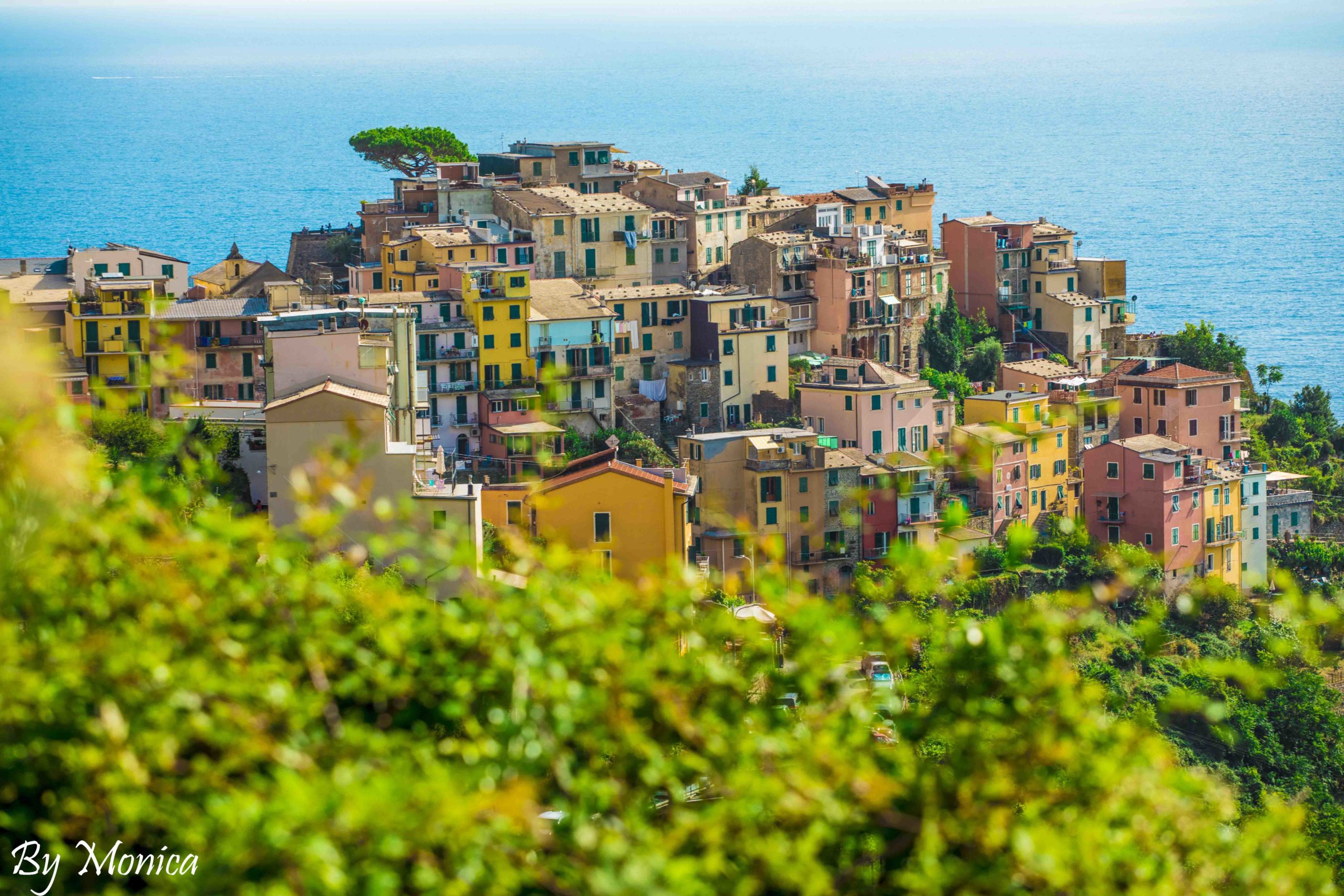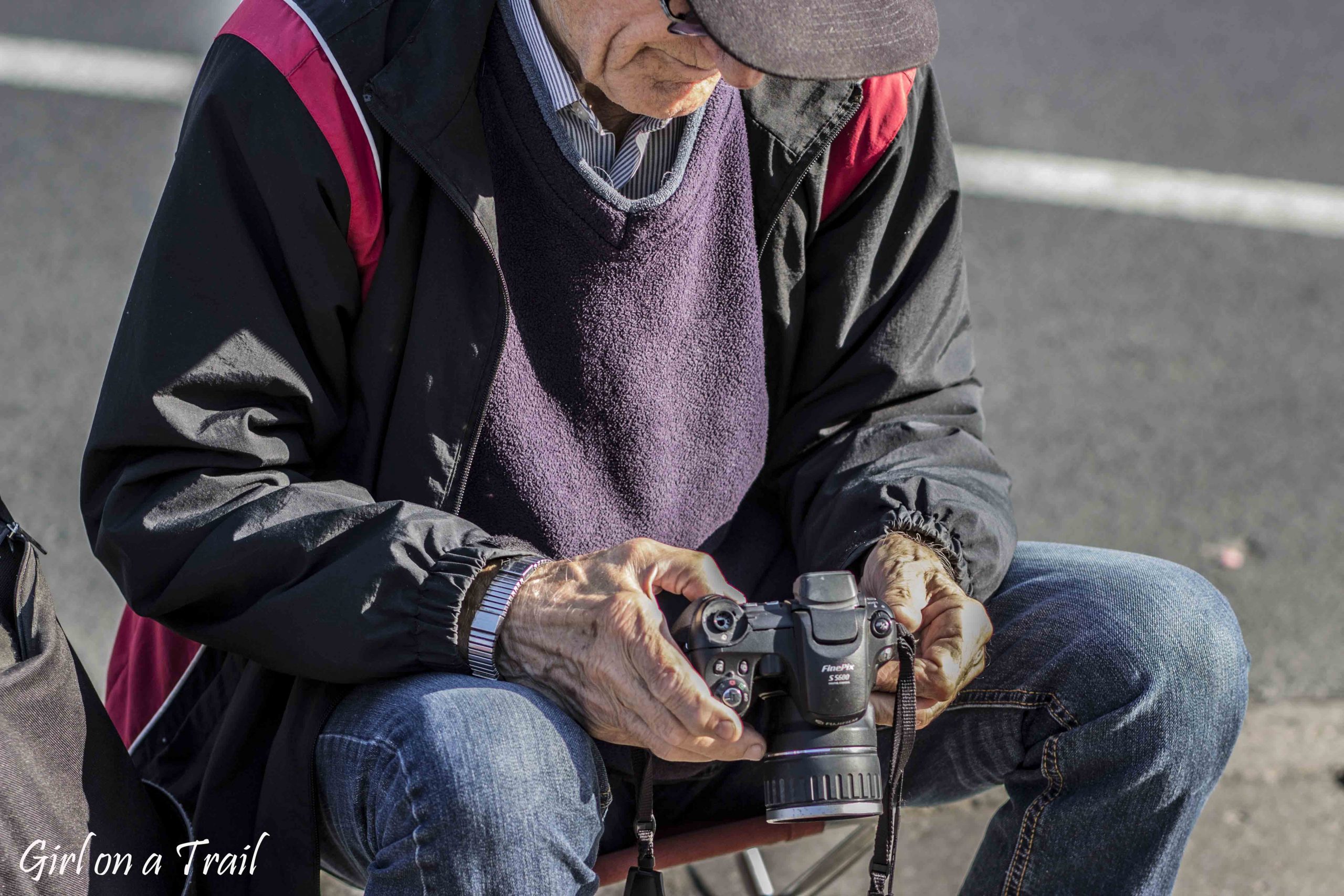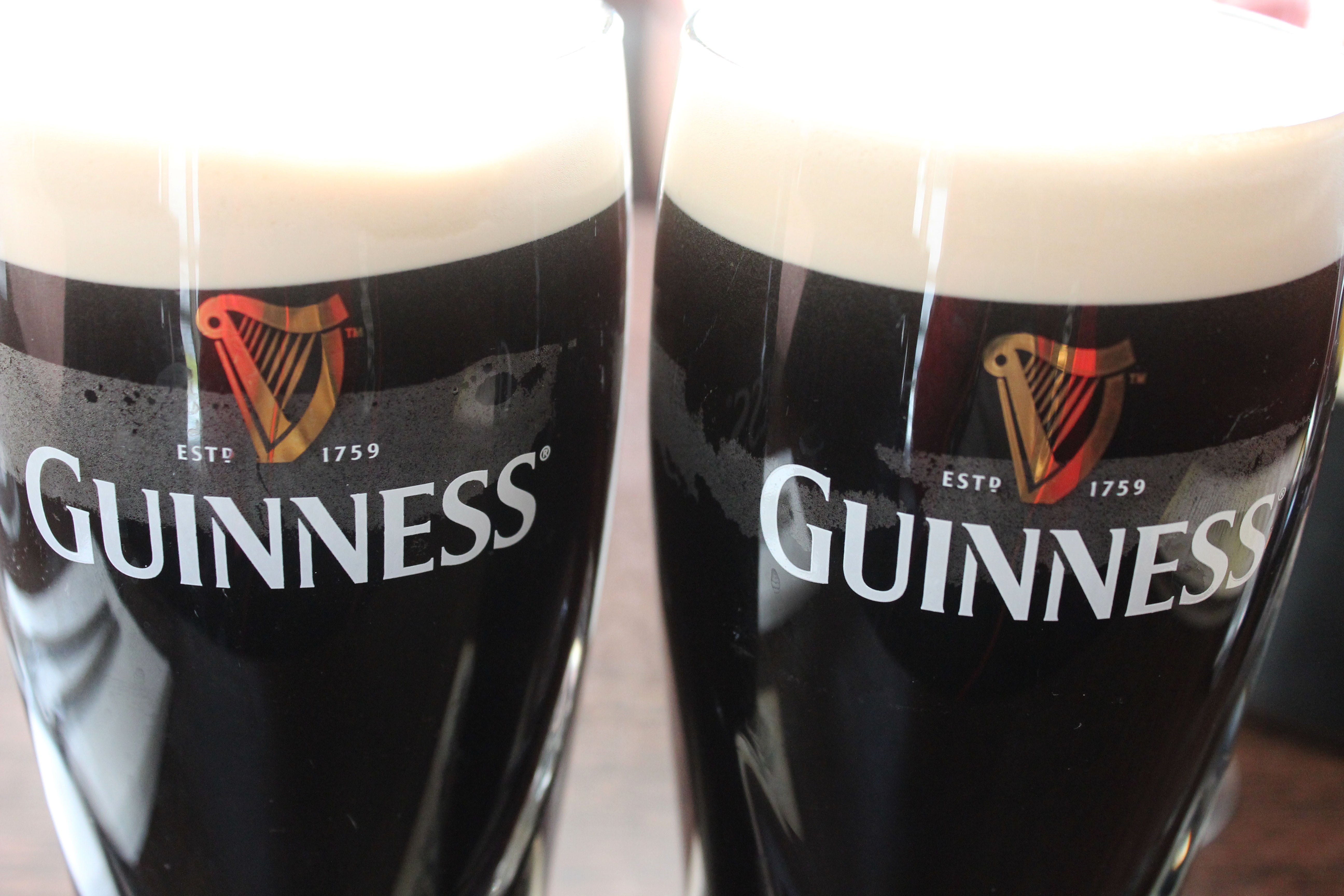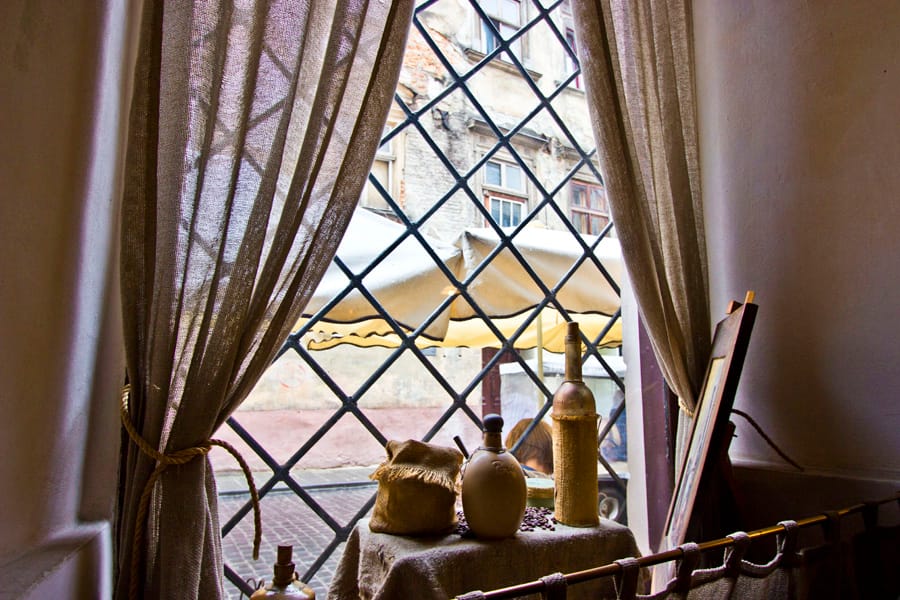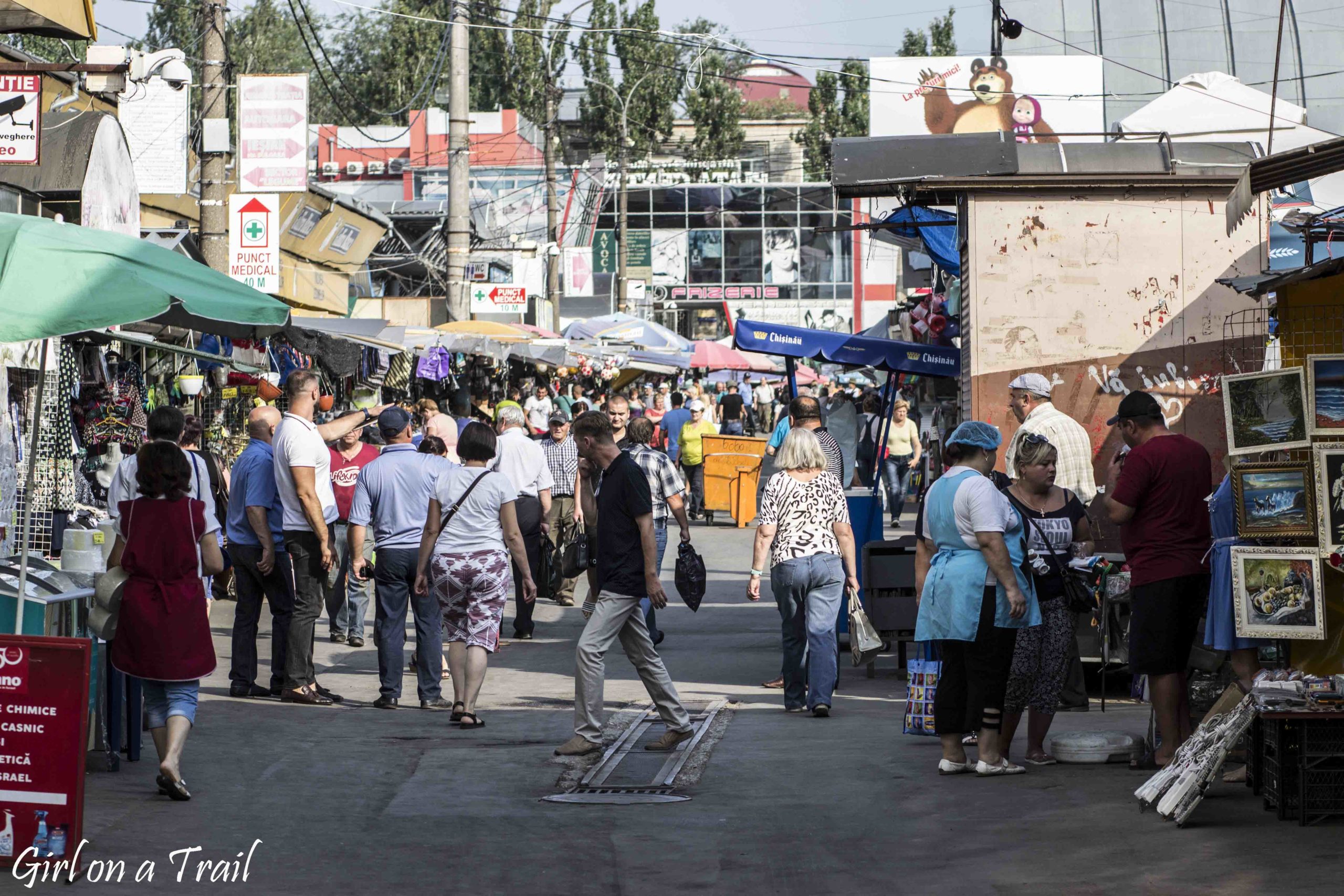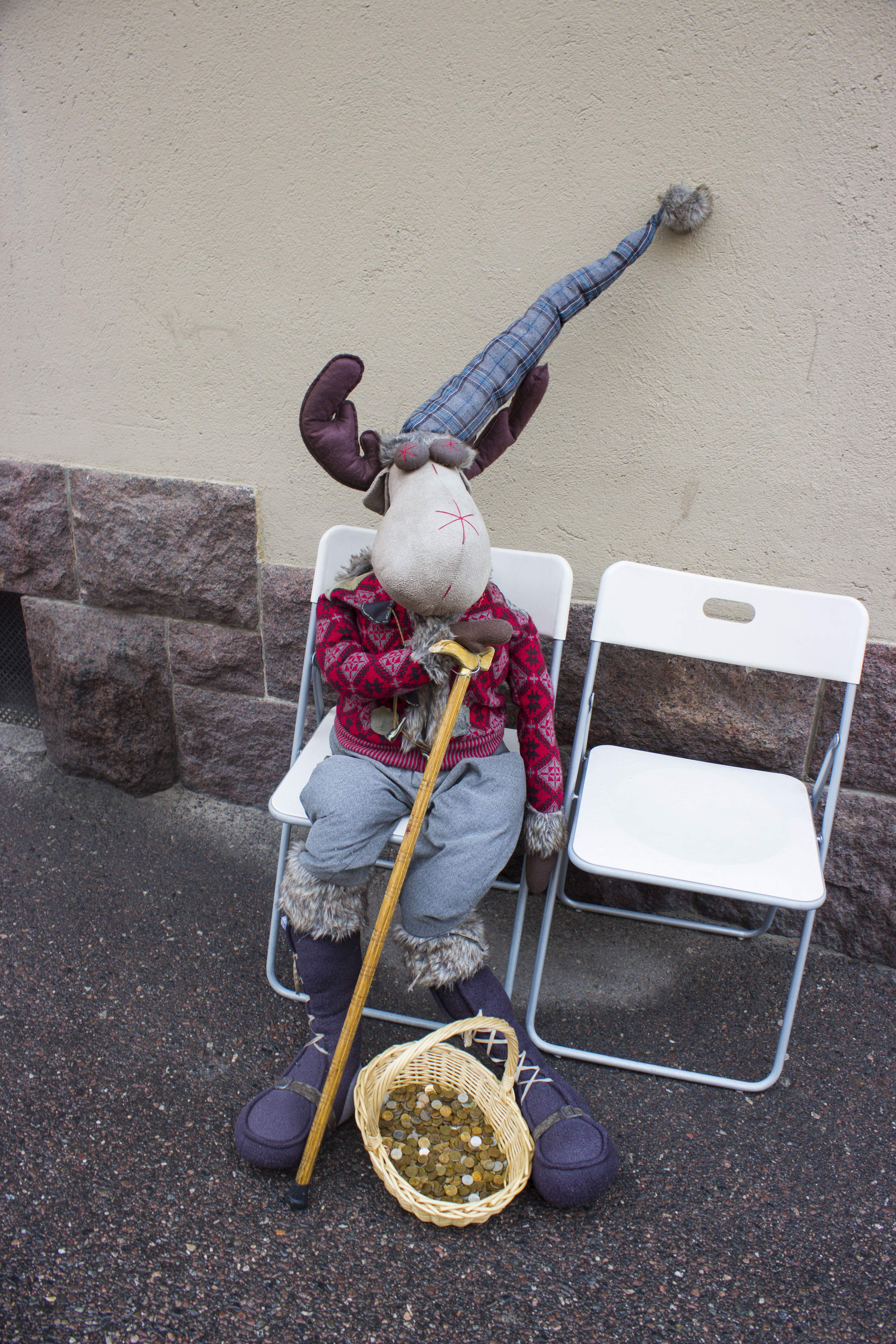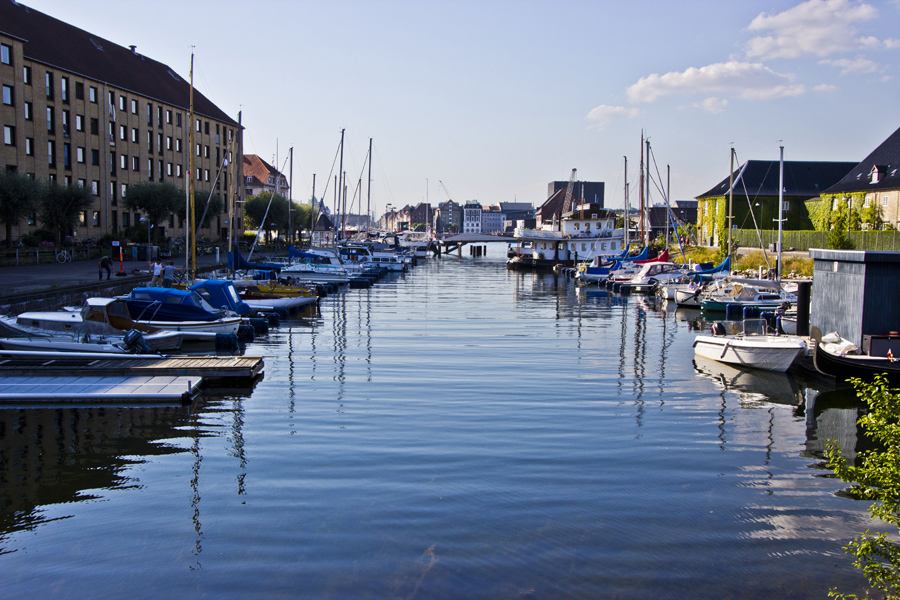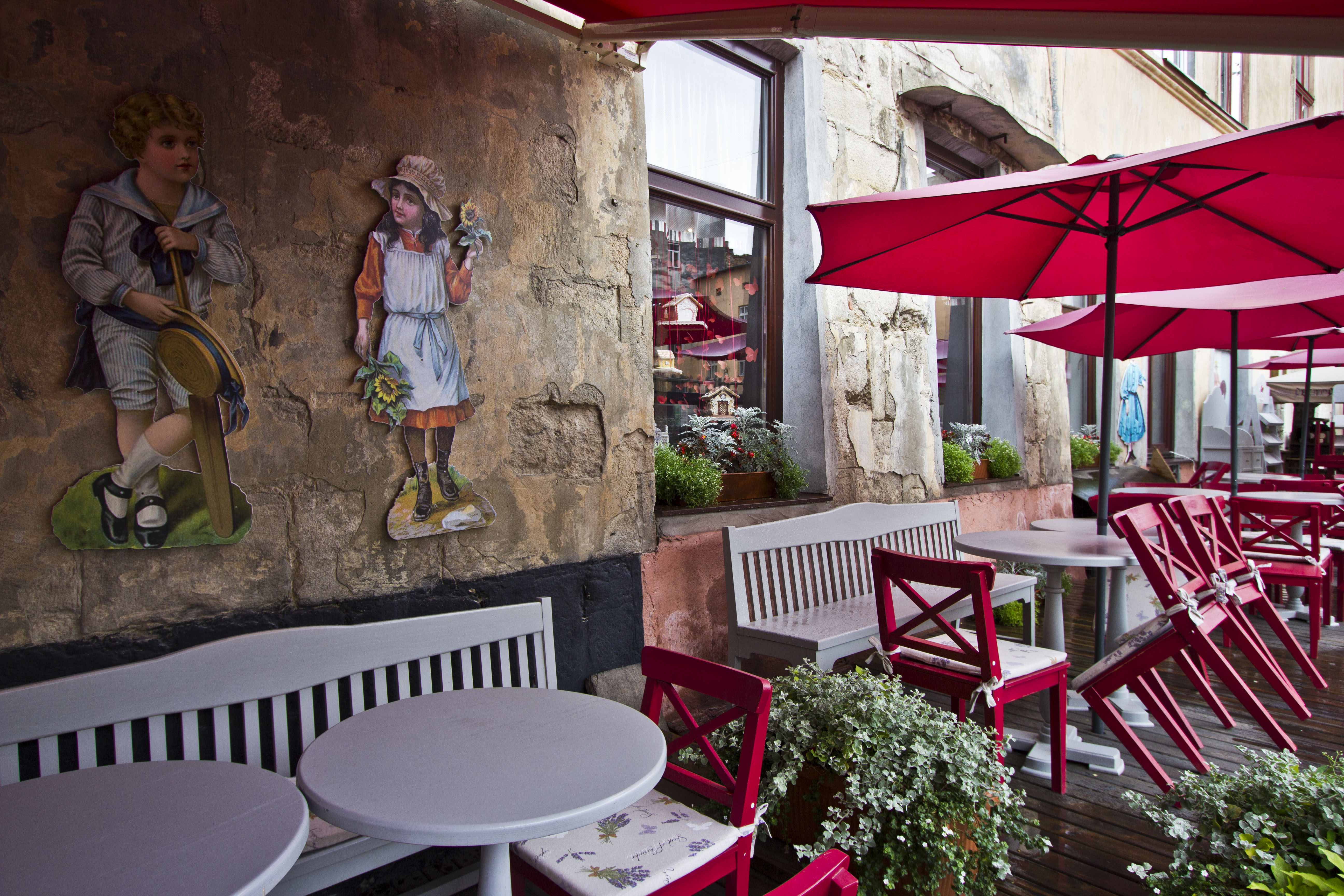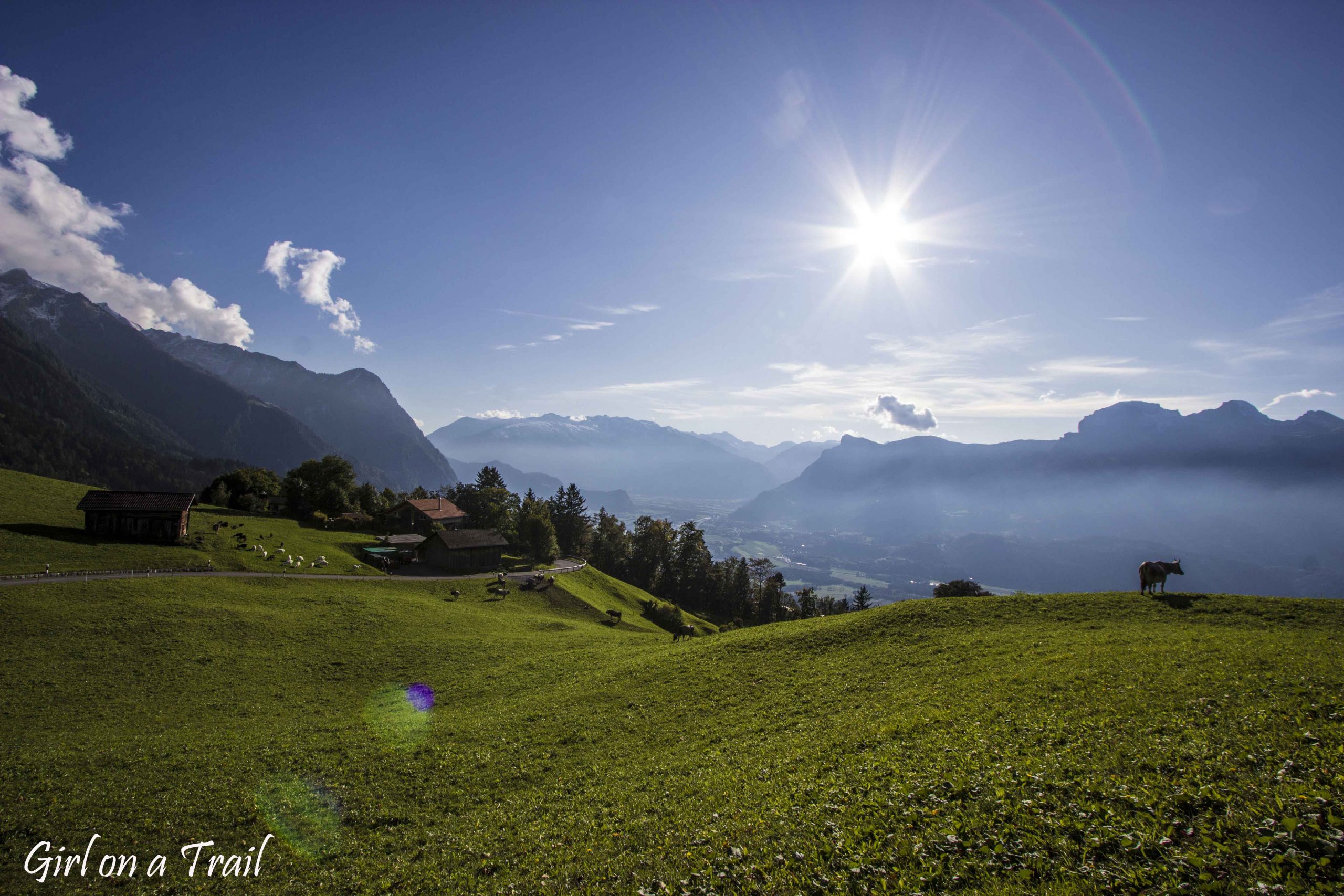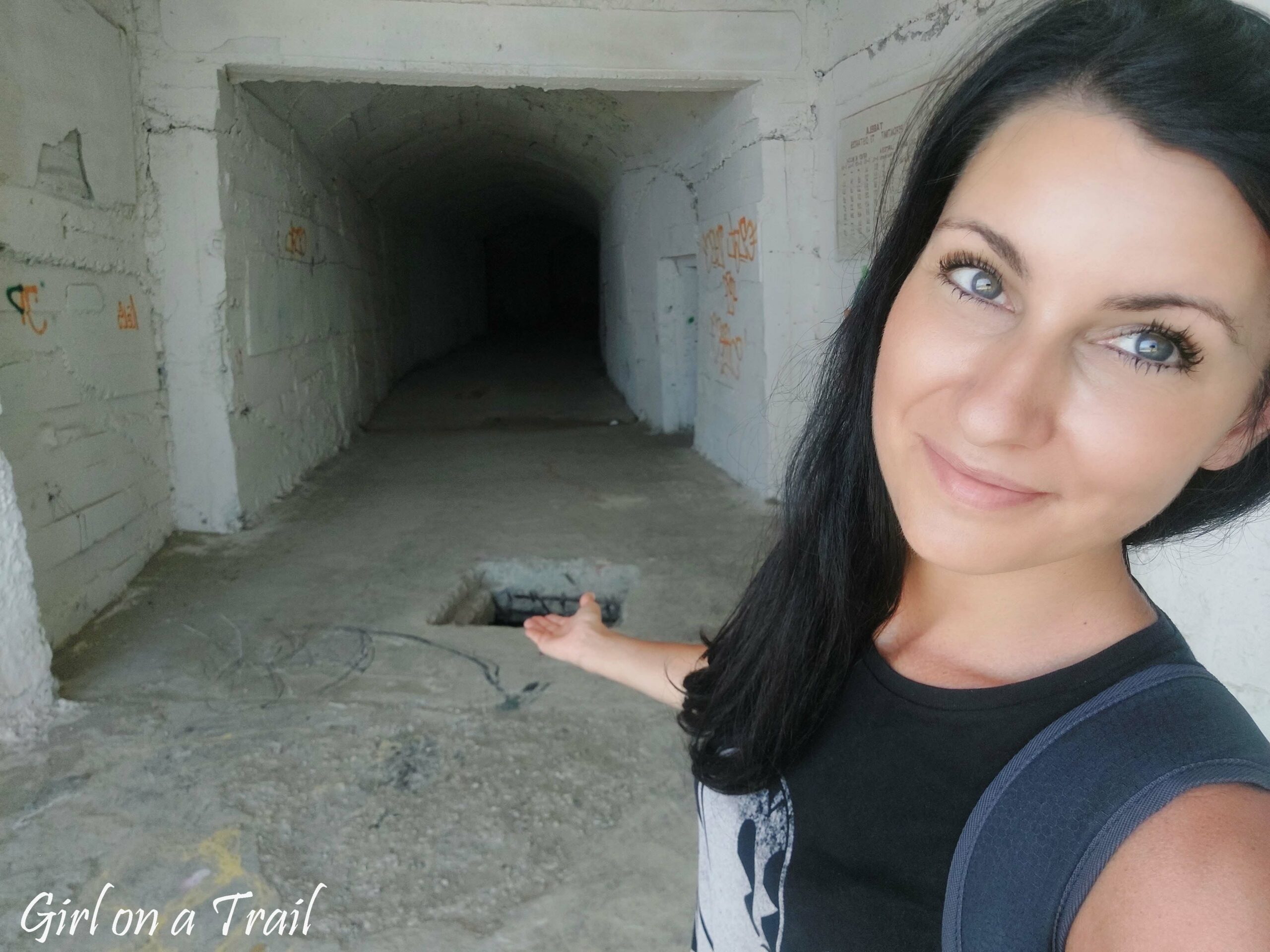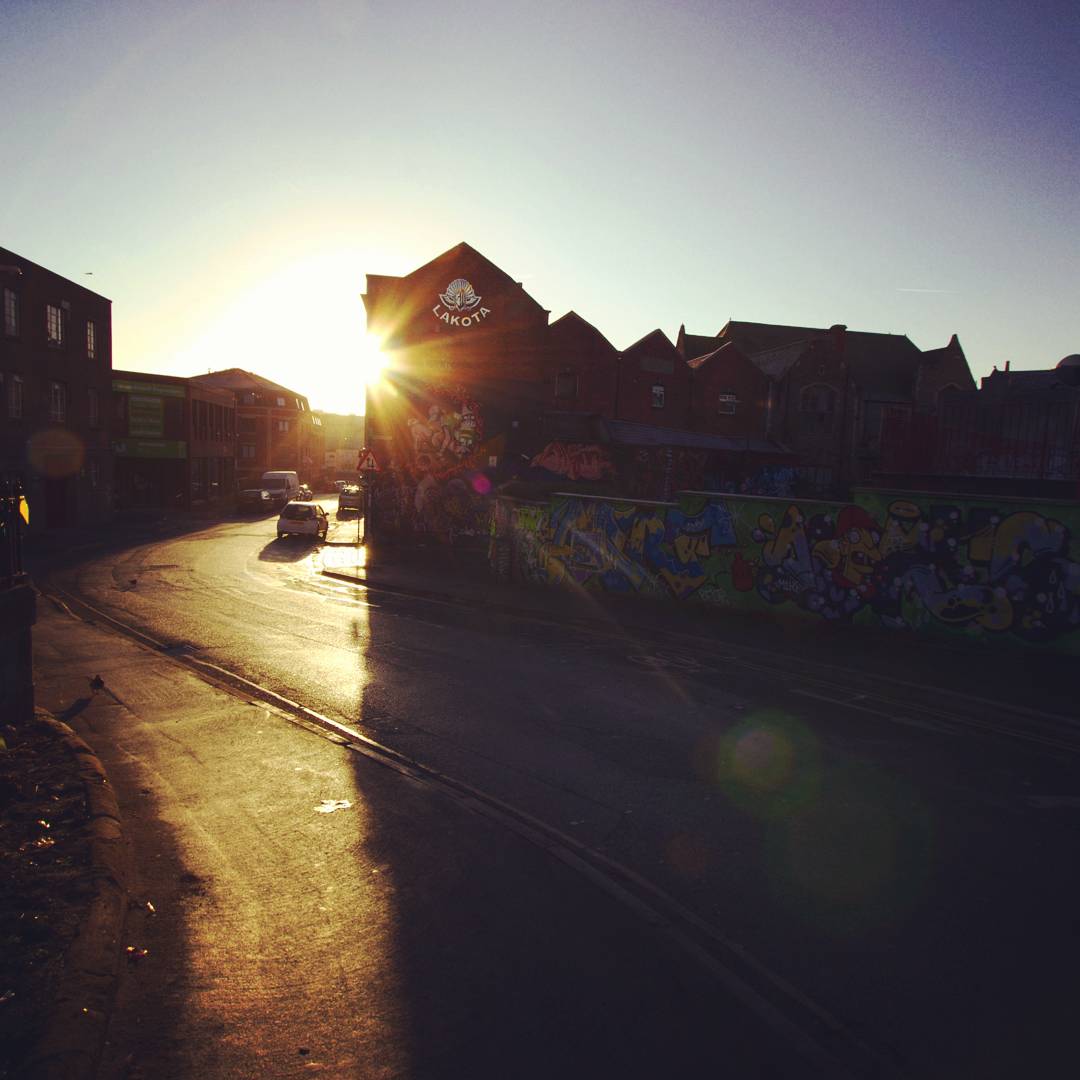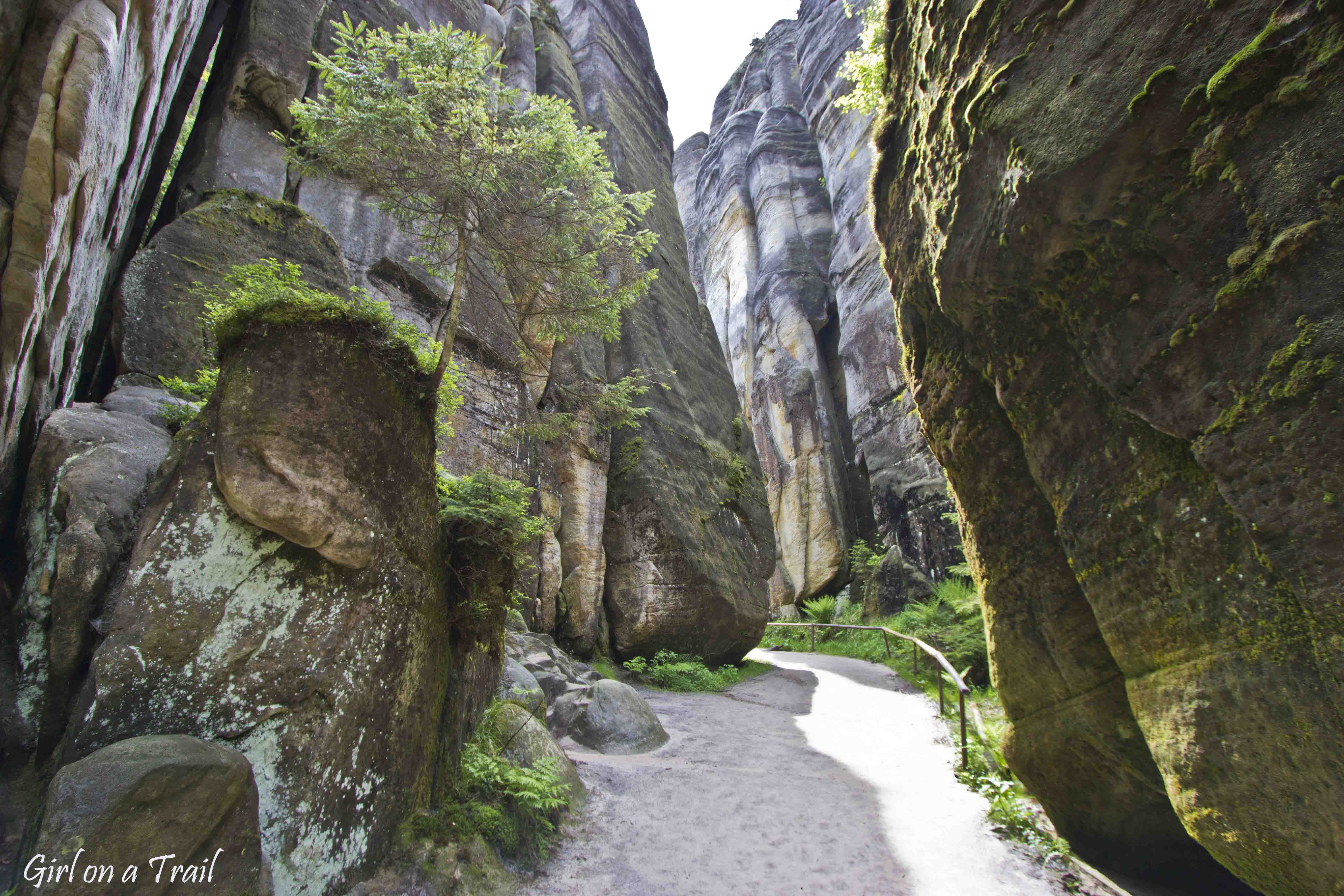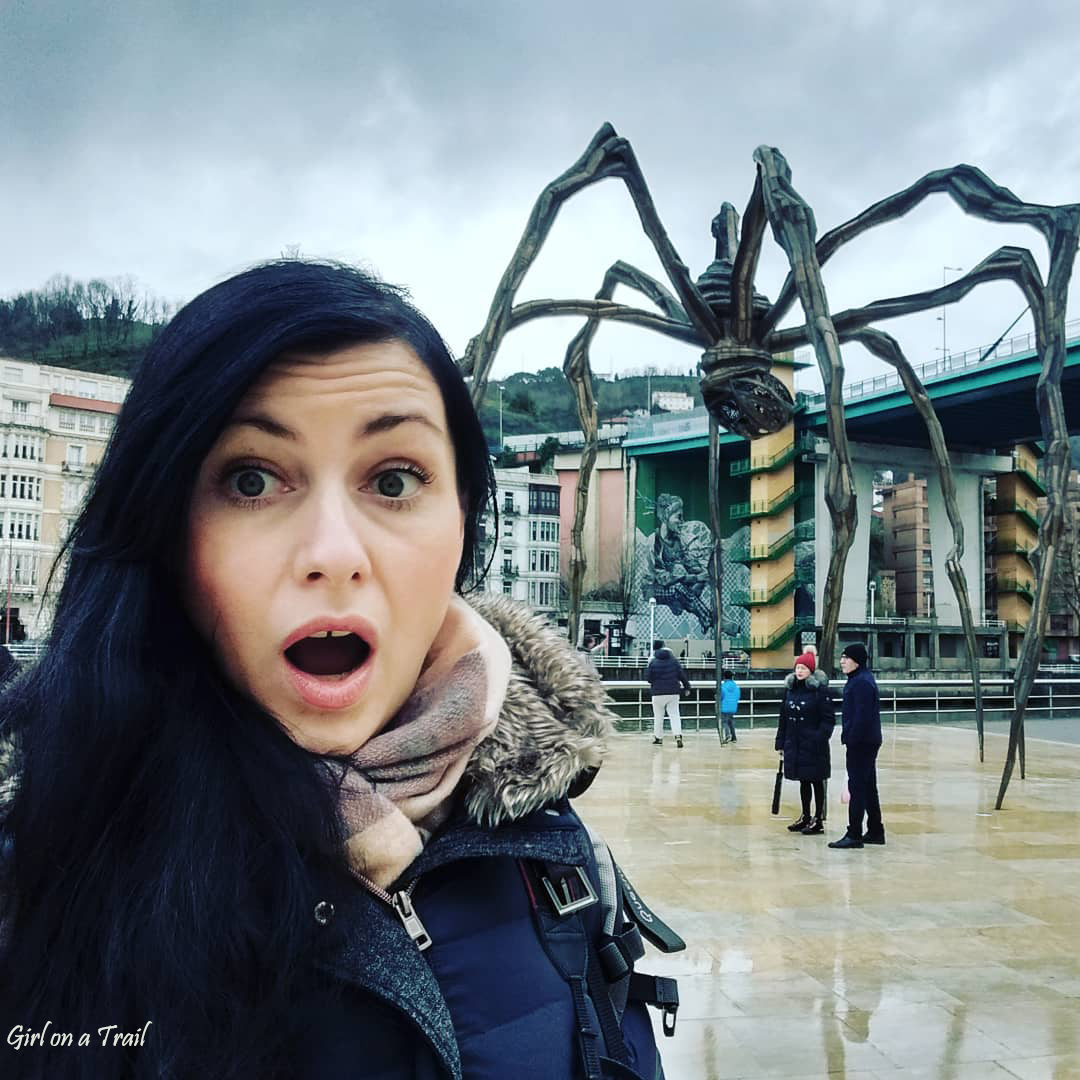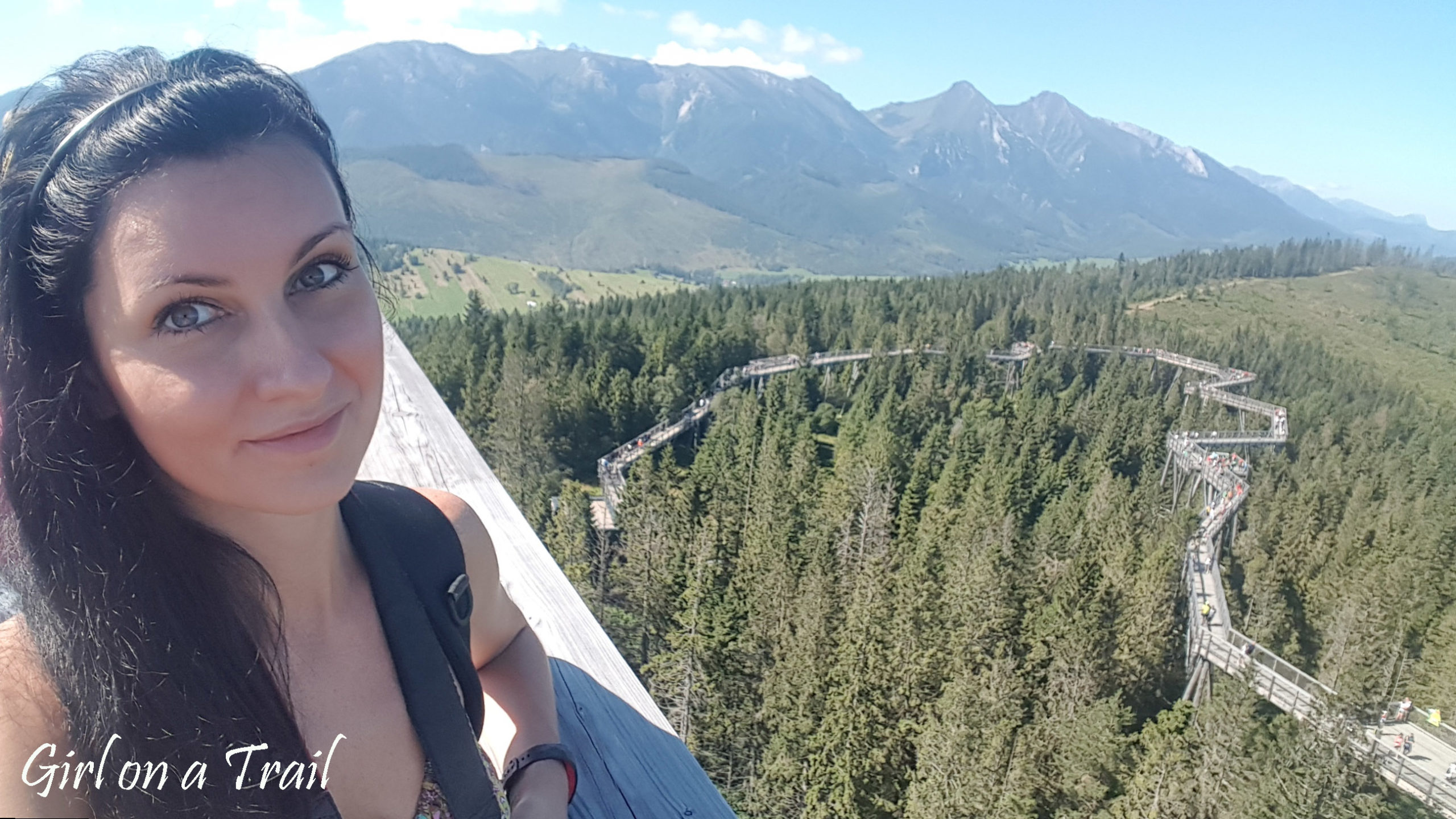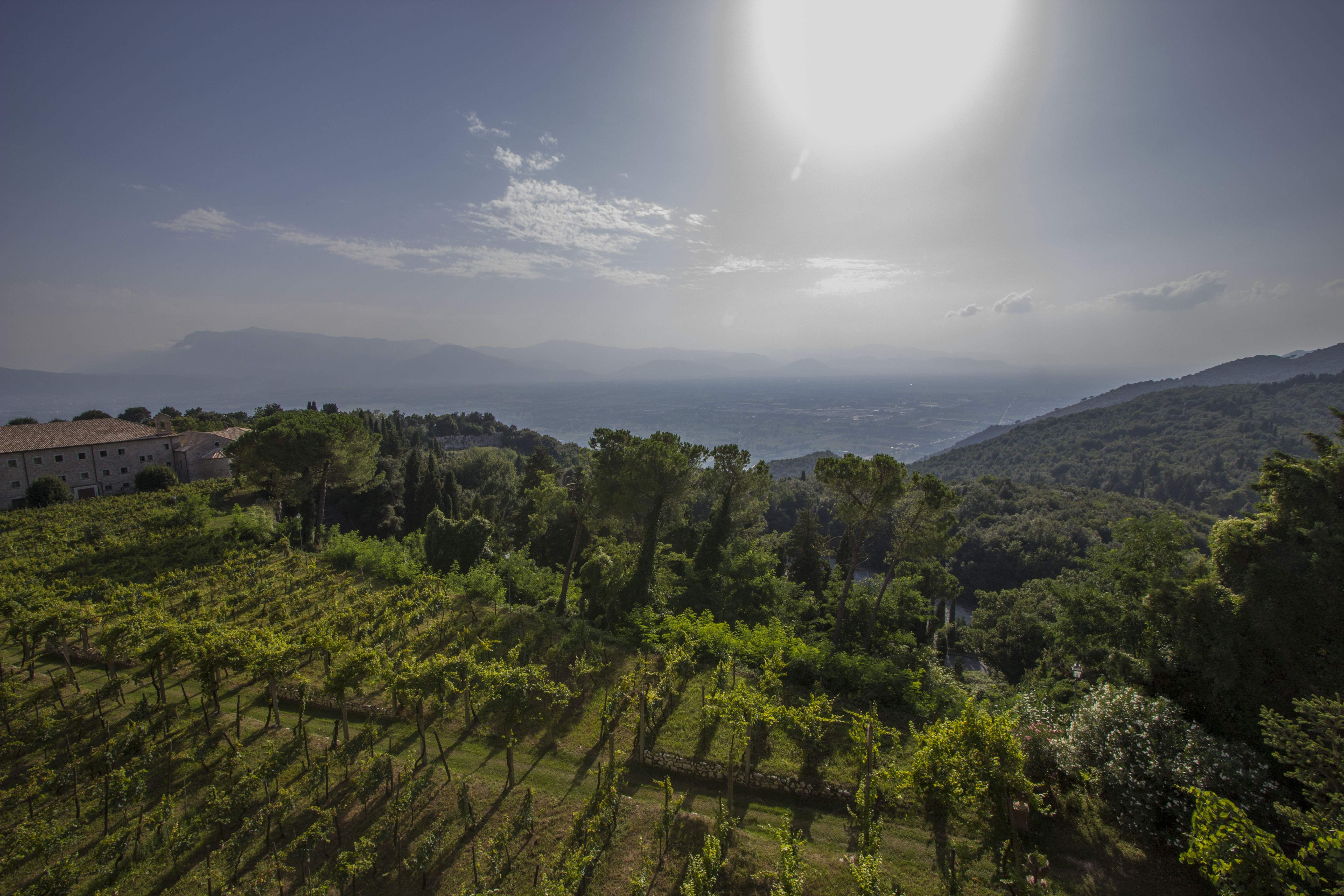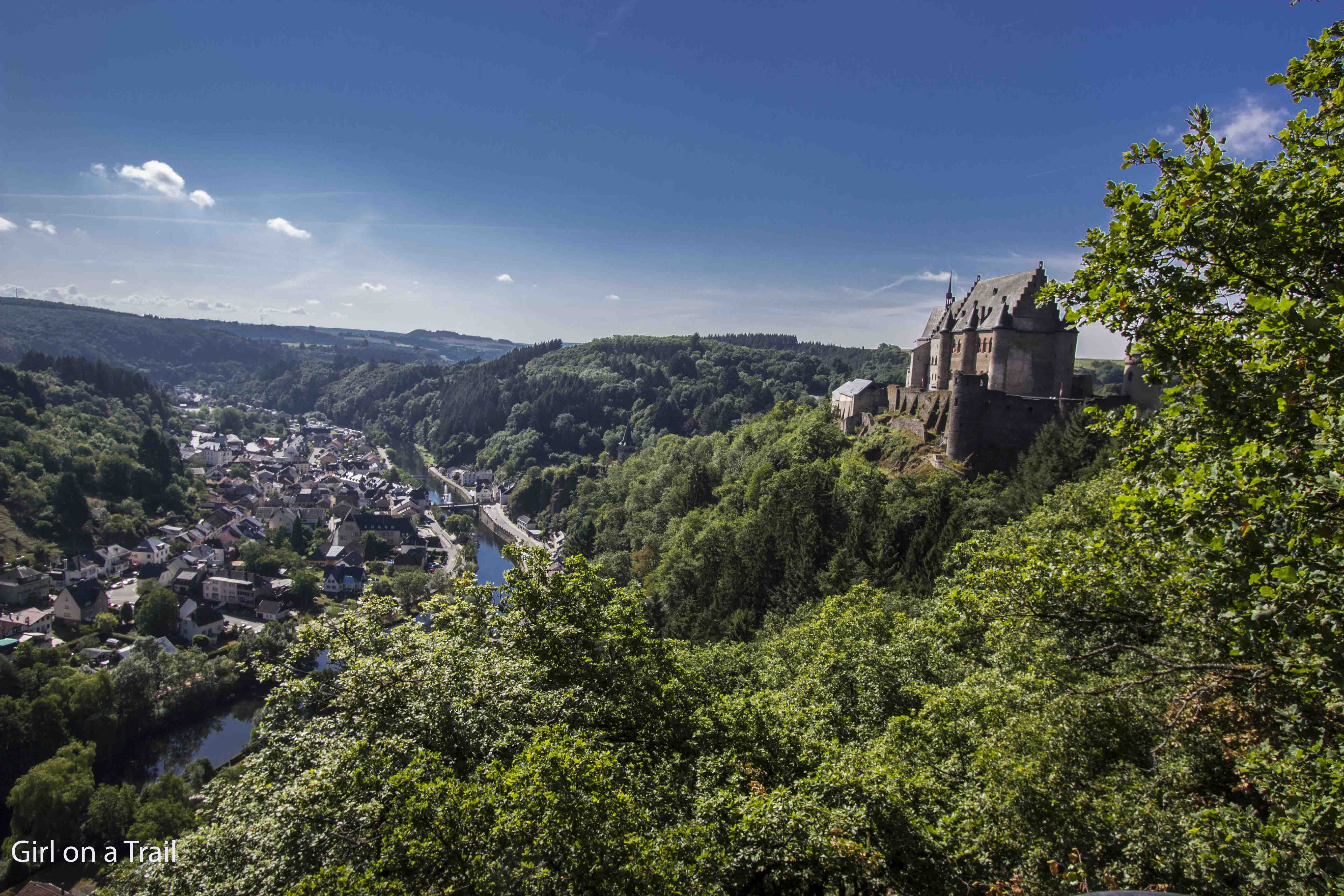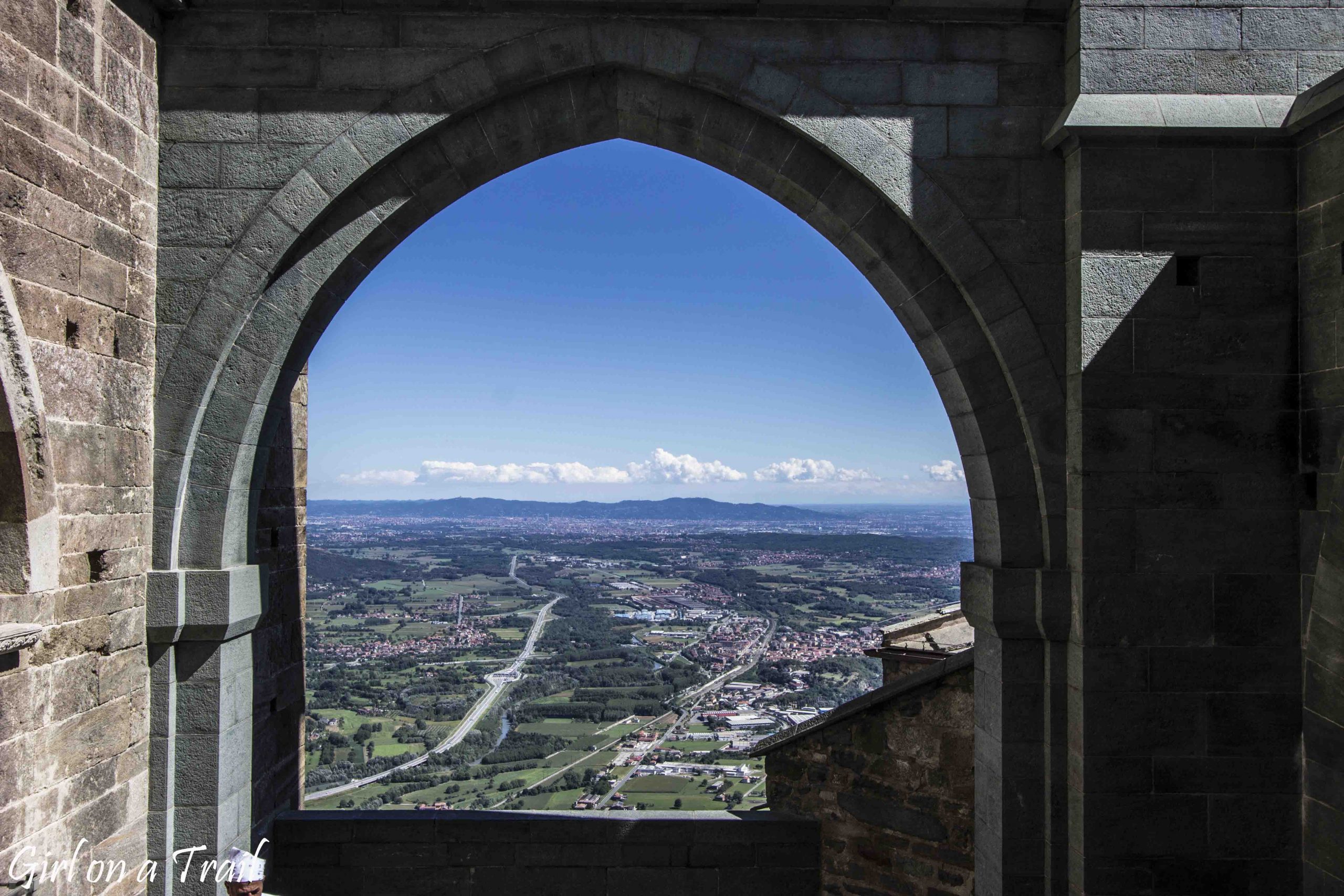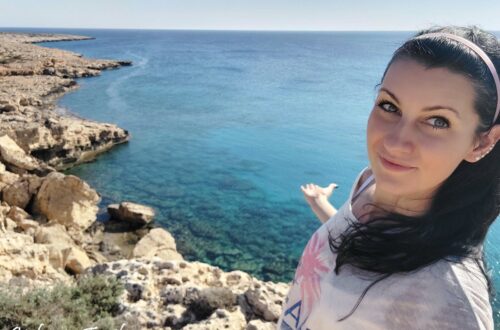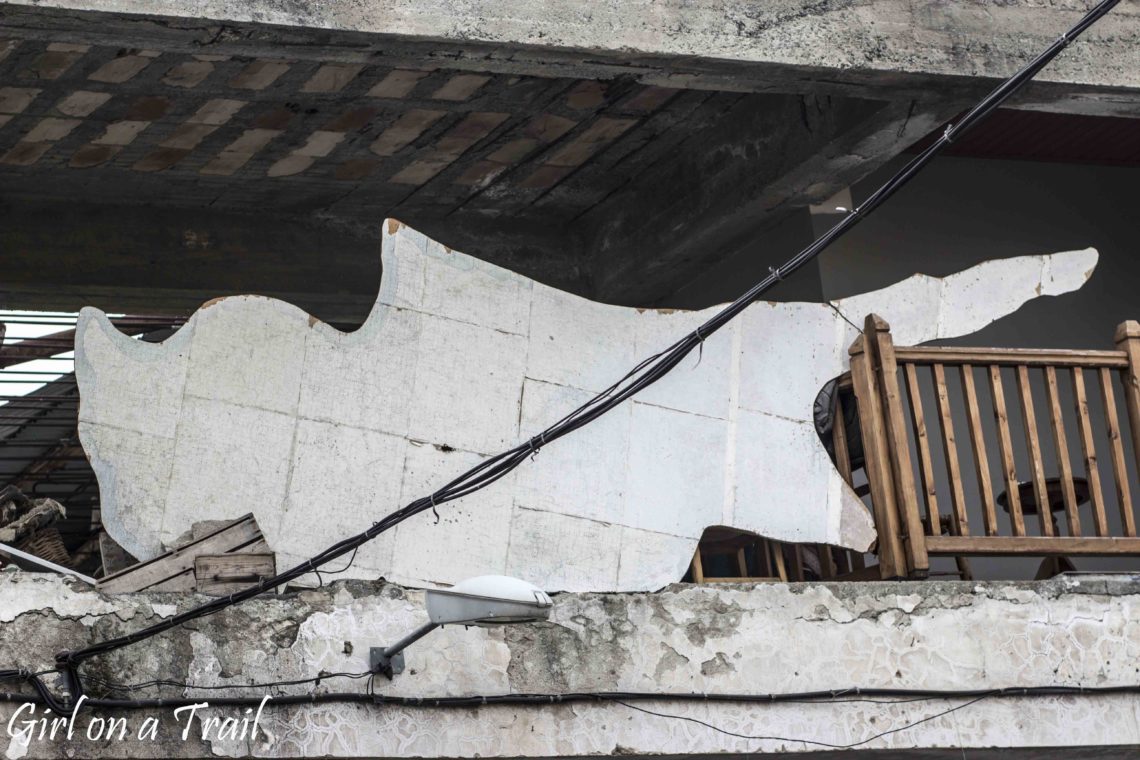
Nicosia – the divided capital, Girl off the Trail
I’m in the suburbs of Nicosia, it’s 8.00 in the middle of the week. I chose the perfect time for a trip to the capital of Cyprus. Three-lane highway, traffic jam to the horizon. I won’t hide, I’m irritated, I wanted to come at dawn, to have more time for sightseeing, definitely the day is too short and the plan is quite tight. I’m covering the next meters at a dizzying speed of 5 km/h, at least it’s time to look around. There’s one thing that attracts my attention on the horizon, so more or less in the place where the globe curves and the damn cork ends, I see a mountain with a huge flag on it, which resembles the ones I saw in Turkey. Considering the political situation in Cyprus, it looks like one big provocation. I wonder what the drivers of the Republic of Cyprus must feel when they stand in traffic every day, with the flag of the Turkish Republic of Northern Cyprus in front of their eyes. Below is a photo taken near the Agios Dometios / Metehan crossing on the Turkish side.

The Turkish Republic of Northern Cyprus is actually a para-state, it hasn’t been recognized internationally, except of course Turkey.
Nicosia is actually the only divided capital in the world. The Greek part – the Republic of Cyprus is separated from the Turkish Republic of Northern Cyprus by the so-called Green Line, controlled by the United Nations Peacekeeping Force in Cyprus(UNFICYP).

Anyway, the issue of Cyprus is even more complicated, because the British are also here, in two so-called the Sovereign Base Areas of the United Kingdom of Great Britain and Northern Ireland – Dhekelia and Akritori. The first is to the east of the popular tourist destination Larnaca, while the second is in the Limassol area. In total, they constitute only a small piece of the island where the UK has located military bases completely independent of Cyprus.

From about the mid-sixteenth century, Cyprus was under Turkish rule, which lasted almost 300 years, until 1878, when, under an agreement with England, it became the possession of the British. Initially, Great Britain had only a military base in this territory, while paying tribute to the Turkish sultan. However, when Turkey undertook military actions on the side of the Triple Alliance in 1914, Great Britain declared war on it and announced the annexation of Cyprus. Eventually, in 1925, Cyprus officially became a British colony. However, the inhabitants of the island made constant attempts to join it to Greece, and there were also many terrorist attacks. Over the years, attempts have been made to resolve the Cyprus problem and to calm separatist sentiments without success.

Eventually, in 1960, Cyprus regained its independence, but the problem of the coexistence of the separatist aspirations of the Greeks and Turks remained. Further efforts to unify the island were unsuccessful. In 1974, when the coup d’état in Greece took place, Turkey jumped at the opportunity and attacked Cyprus on the pretext of a peaceful operation aimed at restoring the constitutional order, the effect of which is the Turkish Republic of Northern Cyprus that exists to this day, now occupying more than 1/3 of the island. As a result of this operation, many people died and about 160,000 Greeks became refuges. Today, on the Greek side, near the Green Line, you can see numerous stickers and murals reminding about this event.


Despite the existing tensions, it’s now possible to move between the Greek and Turkish parts. There are currently 5 crossing points in Cyprus, two of which are in Nicosia – Agios Dometios / Metehan and Ledra Street – for pedestrians only. However, it must be remembered that coming to Cyprus from the Turkish side is considered by the Greek part as illegal entry into the country, and an attempt to enter the Republic of Cyprus may end with entry refusal or a fine. Therefore, the safe option is to come to the Republic of Cyprus and hence to cross the buffer zone. Nicosia (in Greek – Lefkosia, in Turish – Lefkoşa) is certainly not a tourist place, only a small percentage of tourists decide to come here. Coming here allows you to get to know the island better, its political situation and the mood prevailing here.

Nicosia is in fact a walled city with a no-man land behind it. While walking along the Green Line, you can see numerous UN watchtowers.


Taking photos is forbidden and any movement of the camera triggers an immediate guards’ reaction. Fortunately, it is impossible to guard the entire area separated by a wall. Walking along the green line, you can see many places that show the tragedy of this city.

Here and there, behind the barbed wire, you can see abandoned, devastated buildings, dead-end streets barricades and information that it’s the off limits zone.



The Greek border part is practically depopulated, only some buildings are inhabited, most are workshops or warehouses.


A large part of Greek Nicosia is quite ruined and in no way resembles the exclusive resorts in Larnaca or Paphos.

Some streets, however, can surprise with colorful buildings.



Among a few “tourist attractions” it’s worth seeing the Omerriye Mosque, Feneromeni Square and the National Struggle Museum, which presents the history of independence efforts in a rather drastic way.

Turkish part looks completely different, it’s certainly more colorful and lively. Here you can really feel like you are in a Turkish bazaar and eat kebabs in local pubs.



Turkish part of the old town is relatively small, but it’s worth wandering around here, even for comparison with the Greek part. In the central part there’s the Selimiye Mosque, located in the former Cathedral of Saint Sofia. It is also worth visiting Büyük Han – an old caravanserai, i.e. a kind of shelter for caravans, built in the 16th century. During the British occupation, there used to be a prison, but now there are various shops, galleries and a pub.

A little further away is the Hyder Pasha Mosque. Looking at the architecture of this building, it is impossible not to get the impression that, like the Selimiye Mosque, it used to be a church. A place worth visiting is the Bandabuliya shopping center, where you can buy practically everything from food products to clothes and handicrafts.


Going further east, you can see the border of the buffer zone with a characteristic guardhouse and no-entry signs. However, at this point, the most interesting are murals, one is particularly interesting which depicts a soldier with his arms raised, located on the building damaged by bullets.


In general, walking along the Green Line to see the border zone from a slightly different perspective it’s a must here. More interestingly, the protection of the United Nations on the Turkish side is much less restrictive, I did not see any guard, and taking photos wasn’t a problem.



I won’t hide that from my trip to Cyprus I came back a bit disappointed. My main reason for visiting the island was to see the abandoned Varosha tourist center and the UN buffer zone. Access to these places is very limited, which was even more tempting for me. The Varosha holiday resort was a popular holiday destination in the 70’s of the last century. After the Turkish invasion of Cyprus it became completely abandoned, and now it looks more like Pripyat than a popular holiday destination. Unfortunately, the closed passage in Ladra Street shortened my visit time on the Turkish side and made it impossible for me to visit this place. The second spot – the abandoned Nicosia International Airport – was even more attracting place for me. Closed in 1974 and has since been located within the UNFICYP-controlled buffer zone, off limits to civilians. However, this does not mean that seeing this place is impossible. Just before leaving, I completed a special entry permit form, available on the UNFICYP website. Unfortunately, after a few days, I received a reply that due to the restrictions related to the COVID pandemic, granting permits has been temporarily suspended. Visiting this place was supposed to be the icing on the Cypriot cake, so now I know that my adventure with island is not over yet?


